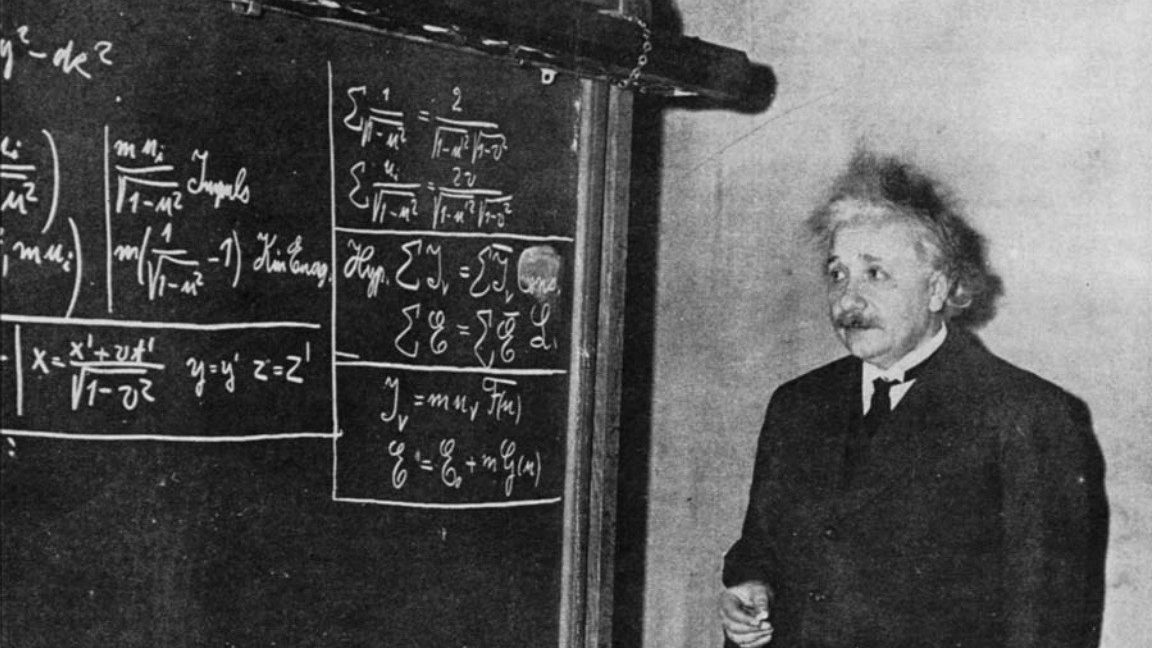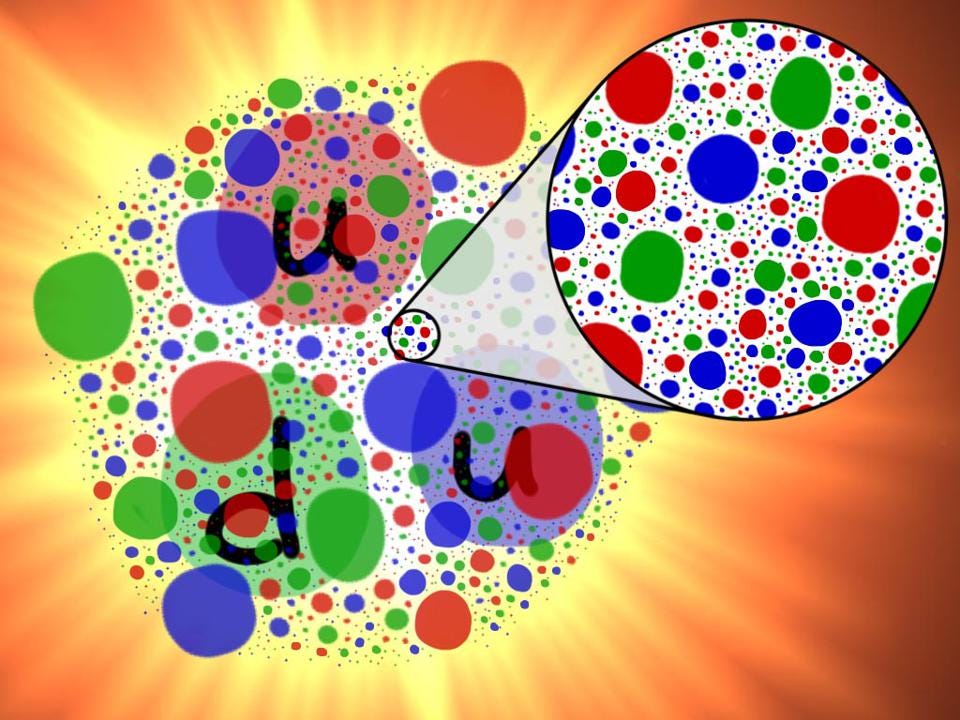Measurements of rare Higgs boson decay may show cracks in physics theory

- The Higgs boson’s discovery in 2012 sparked significant interest, proposing an explanation for subatomic particle mass.
- Recent measurements of CERN data show an unexpectedly high decay rate of the Higgs into Z bosons and photons, suggesting potential new physics.
- It’s too early to know whether these measurements reflect undiscovered phenomena or statistical fluctuations. Further analyses could soon answer the question.
In July 2012, physicists briefly enjoyed a barrage of publicity usually reserved for tabloid stories about Travis Kelce and Taylor Swift. International news outlets like The New York Times and BBC announced the discovery of an obscure subatomic particle called the Higgs boson — also (very misleadingly) known as the “God Particle.” The Higgs boson was first proposed in 1964 as an explanation for why subatomic particles like electrons have mass.
The media hubbub surrounding the Higgs boson died down fairly quickly. In the physics community, however, things were just heating up. While physicists felt certain that they had found the Higgs boson, they weren’t 100% sure. The data was preliminary, and to be completely certain of their success, crosschecks needed to be made. Over the following decade, many measurements supported their initial claim.
But a new measurement made by scientists analyzing data recorded at the CERN laboratory in Europe could be telling a new story. (Full disclosure: I am one of the authors on the paper announcing the observation.)
Accepted theory predicts that the Higgs boson can decay in several different ways, with each decay occurring at a different rate. Many of the predicted decays have been observed and their rates measured, and the data agreed well with predictions. However, one specific decay mode had not been observed until recently. This is the decay of the Higgs boson into a photon (e.g., a high-energy version of ordinary light) and a Z boson (a particle similar to light, but heavier). Z bosons are very unstable, and they decay in a tiny fraction of a second.
Theory predicts that for every 10,000 decays of the Higgs boson, 15 decays should be into a Z boson and a photon. Because Higgs bosons are themselves rare, finding this particular decay is very difficult.
To improve the odds of seeing this rare decay, scientists combined data from two gigantic detectors: ATLAS and CMS. Together, we found evidence that we had observed the decay of Higgs bosons into Z bosons and photons. But much to our surprise, we found that the decay rate was much higher than expected. Their measurement said that this decay occurred about 34 times out of every 10,000 Higgs boson decays. This is 2.2 times the theoretical value.
So, what could this mean? It could just be a statistical fluke. That kind of thing happens in real physics measurements. But it could also mean that researchers are seeing the first hints of unknown physics.
Higgs bosons do not directly decay into a Z boson and a photon. The actual decay is a multi-step process. For example, one way this can occur is that the Higgs boson decays into a pair of very heavy particles called top quarks. After that happens, one of the top quarks emits a Z boson, and the quark merges with the other one and they turn into a photon. The process is essentially a little loop of top quarks that separates the Higgs boson and the two decay products. This top quark loop is not the only way in which the decay can occur. Other particles can also form part of the loop.
And this is one possible explanation for the observed excess of this kind of Higgs boson decay. It might be that there are unknown particles — ones that haven’t been discovered yet — that also can form a decay loop. So, the observation of an excess of events in which Z bosons and photons are made could be the first hint that something unexpected is happening.
Still, it’s entirely too soon to make any claims that this observed excess is a discovery, and no such claims are made in the paper. First, we need to be sure that the observed rate isn’t just a fluke, and the only way to do that is to take more data. Essentially, the “fluke scenario” is one you can easily reproduce: Take a completely fair coin and flip it 10 times. While you expect to get an equal number of heads and tails, it’s possible to get 10 heads purely by chance. However, if you flip the coin 100 times, you’re much more likely to get the expected 50-50 split. Maybe all that has been observed is a similar statistical quirk.
So, researchers will continue to analyze more data. The data recently published was collected between 2015 and 2018. Data taken in the following years will hopefully help resolve whether the observed excess was a statistical fluke or not.
The amount of data remaining to be analyzed is about twice as much as was reported in the recent paper, so this question should be resolved soon. In addition, the CERN accelerator is being upgraded and within a few years, scientists expect to record 30 times as much as has been so far. With that boost in data, we’ll know if this recent measurement was the first glimpse of new physics or not.





